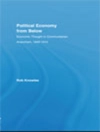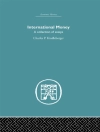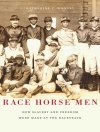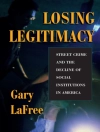Examines the role of the pig in medieval society in material and textual sources.
The pig was a common sight in the Middle Ages. They might be eating under an oak tree, or out in a field. They might be in the street, with the swineherd close behind at their heels. They might be dismembered, for sale by a butcher. They might be represented on misericords, in a church or cathedral, dancing, playing the bagpipes, or suckling people. Pigs were in all these places. But what was the pig’s place?
This book considers pigs in medieval Europe from a number of angles: whether part of the countryside, the cityscape, on the plate or in the mind. Drawing on a rich wealth of sources, both textual and material, it examines in particular the paradoxes that the pig presented: both good and bad, fecund/fornicator, noble/filthy. It uncovers the pig’s numerous roles in medieval society, how pigs shaped human life, and how humans shaped theirs.
สารบัญ
List of Illustrations
Acknowledgements
1. Placing the Medieval Pig
2. In the Country
3. In the City
4. On the Plate
5. In the Mind
6. The Pig’s Place
Bibliography
Index
เกี่ยวกับผู้แต่ง
DOLLY JØRGENSEN is Professor of History and Co-director of the Greenhouse Center for Environmental Humanities at University of Stavanger, Norway.












